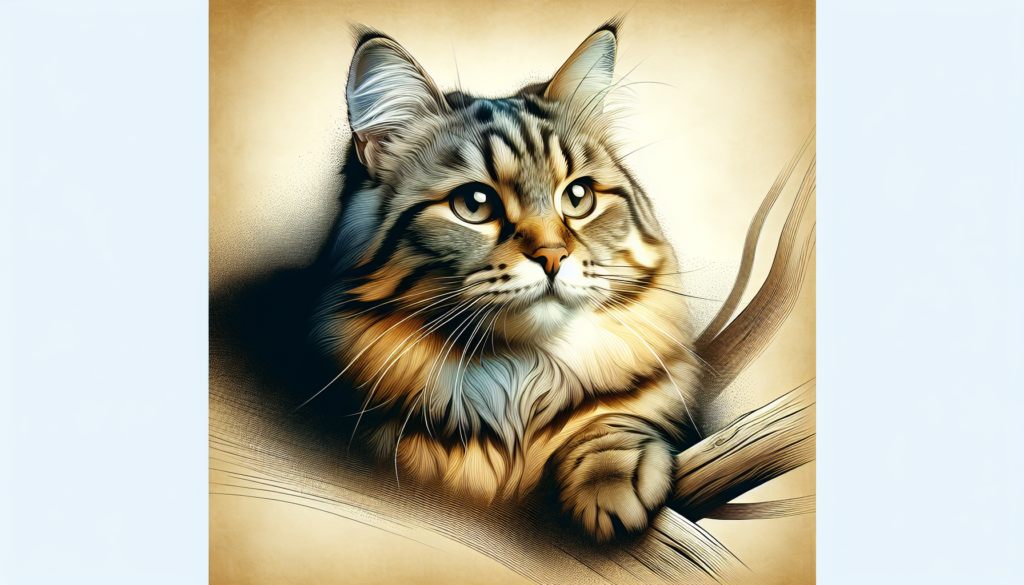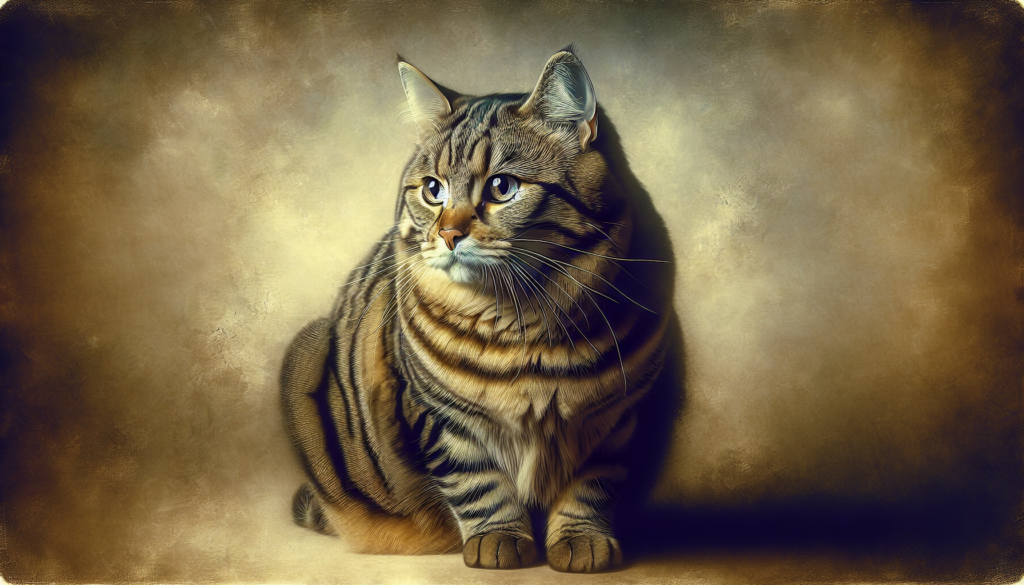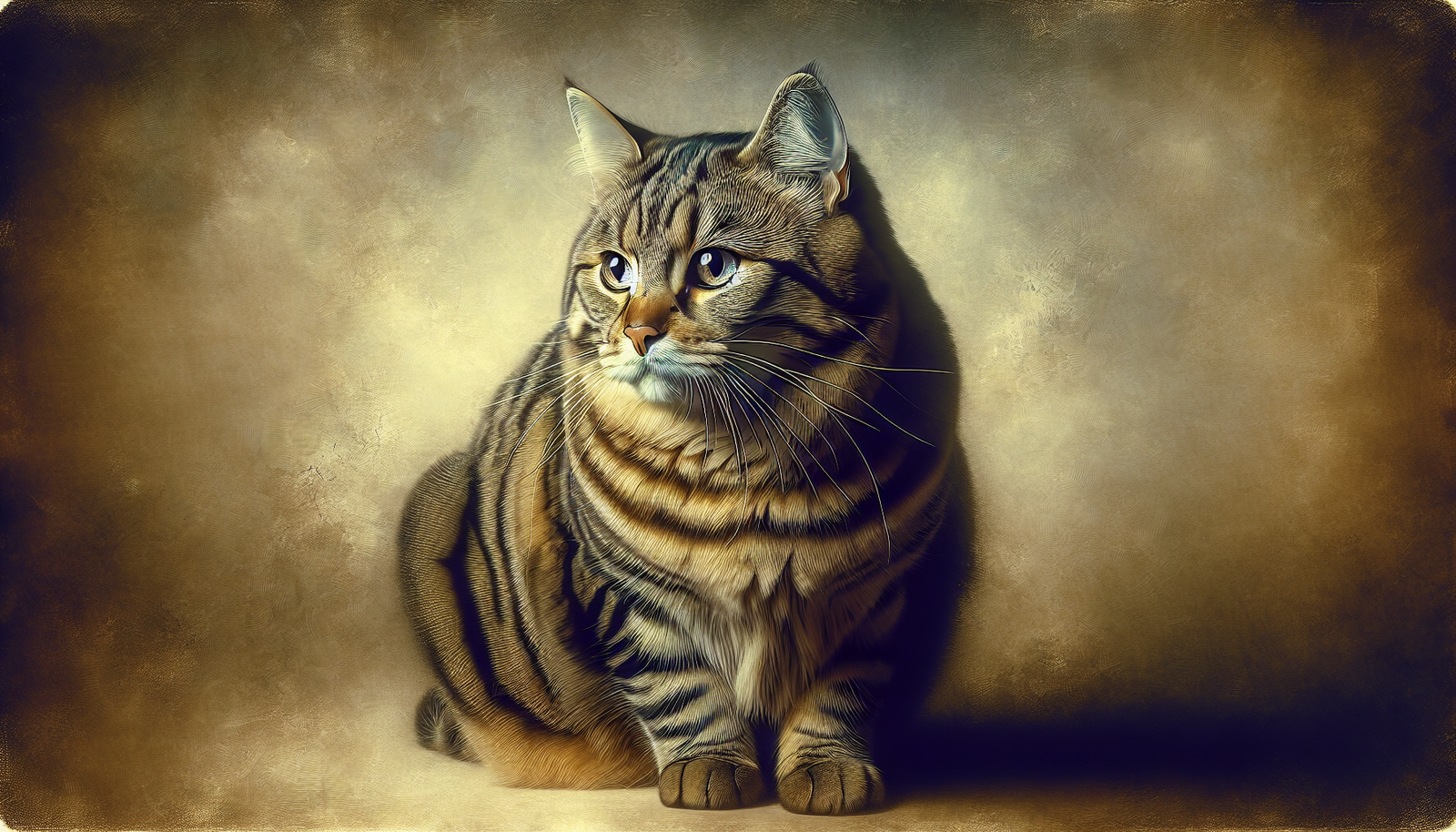Have you ever wondered what cat breed a tabby is? In this article, we will explore the various cat breeds that exhibit the beautiful tabby coat pattern. From the charming and friendly Maine Coon to the elegant and graceful Abyssinian, we will uncover the unique characteristics and traits of each breed. Whether you’re a cat enthusiast or simply curious about the fascinating world of feline breeds, join us as we embark on an adventure to unravel the mysteries of the tabby edition. Let’s dive in and discover the wonders of these adorable and diverse cats!

Different Cat Breeds Explained: Tabby Edition
Welcome to the world of tabby cats! If you’re curious about these adorable and distinctive feline companions, you’ve come to the right place. In this comprehensive article, we will explore the various aspects of tabby cats, including their different patterns, personalities, care needs, and more. So sit back, relax, and let’s dive into the fascinating world of tabby cats!
1. Tabby Cats: An Introduction
1.1 What Defines a Tabby Cat?
Tabby cats are not a specific breed, but rather a coat pattern that is found in numerous cat breeds. What sets tabby cats apart is their unique coat markings, which consist of stripes, spots, or swirls. These markings can be seen on the cat’s body, head, and tail, making each tabby cat beautifully distinctive.
1.2 Tabby Patterns and Markings
There are four main tabby patterns: classic, mackerel, spotted, and ticked. The classic tabby pattern features bold, swirling designs, often resembling a bullseye or a butterfly on the cat’s sides. Mackerel tabbies have narrow stripes running vertically along their bodies, resembling fishbones. Spotted tabbies, as the name suggests, have large spots instead of stripes. Lastly, ticked tabbies have fur with a speckled appearance, which is often more subtle than the other patterns.
1.3 The History of Tabby Cats
Tabby cats have a long and rich history. The tabby pattern can be traced back to the ancient Egyptians, who depicted cats with similar markings in their art and hieroglyphs. Over time, tabby cats spread across different parts of the world through trade and exploration. Today, tabby cats can be found in various countries, each with their own unique qualities and characteristics.
2. Classic Tabby
2.1 Physical Characteristics
Classic tabby cats have a sturdy and muscular build, exhibiting grace and agility. They typically have a medium-sized body with a broad chest and strong legs. Their heads are round, with expressive eyes and a distinctive “M” marking on their foreheads. Classic tabby cats usually have a luxurious, dense coat that feels soft to the touch.
2.2 Classic Tabby Pattern
The classic tabby pattern features bold, swirling markings on the cat’s sides, often resembling a bullseye or a butterfly. These markings can come in various colors, including brown, gray, red, and silver. The classic tabby pattern is known for its timeless beauty and elegance, giving tabby cats a regal appearance.
2.3 Popular Classic Tabby Breeds
Some popular cat breeds that frequently exhibit the classic tabby pattern include the Maine Coon, British Shorthair, American Shorthair, and Abyssinian. These breeds often showcase the classic tabby pattern in different colors and variations, each adding their own unique charm to this beloved coat pattern.
3. Mackerel Tabby
3.1 Physical Characteristics
Mackerel tabby cats have a sleek and athletic build, perfect for their active nature. They usually have a slender body with well-developed muscles and long legs. Their heads are triangular, with almond-shaped eyes that convey intelligence and curiosity. Mackerel tabby cats are known for their sleek and glossy coats.
3.2 Mackerel Tabby Pattern
The mackerel tabby pattern is characterized by narrow stripes that run vertically along the cat’s body, resembling fishbones. These stripes are evenly spaced and often extend from the cat’s neck to their tail. Mackerel tabbies come in a variety of colors, including orange, black, and silver, creating a stunning contrast with their stripe pattern.
3.3 Popular Mackerel Tabby Breeds
Some popular cat breeds that often exhibit the mackerel tabby pattern are the Abyssinian, Bengal, Siberian, and Somali. These breeds showcase the mackerel tabby pattern with grace and elegance, adding a touch of wild beauty to their already charming personalities.

4. Spotted Tabby
4.1 Physical Characteristics
Spotted tabby cats have a sleek and muscular body, exuding agility and strength. They typically have a medium-sized body with a long neck and well-developed shoulders. Their heads are slightly rounded, with expressive eyes that capture attention. Spotted tabbies often have a short, dense coat that feels smooth to the touch.
4.2 Spotted Tabby Pattern
As the name suggests, the spotted tabby pattern is characterized by large spots instead of stripes. These spots can be either solid or rosetted, creating a strikingly beautiful appearance. Spotted tabby cats come in a variety of colors, including brown, silver, and blue, each accentuating their unique and captivating coat pattern.
4.3 Popular Spotted Tabby Breeds
Some popular cat breeds that frequently exhibit the spotted tabby pattern include the Bengal, Ocicat, Egyptian Mau, and Savannah. These breeds showcase the spotted tabby pattern with an exotic flair, often resembling their wild feline ancestors and captivating everyone with their mesmerizing beauty.
5. Ticked Tabby
5.1 Physical Characteristics
Ticked tabby cats have a slender and agile build, reflecting their active and energetic nature. They usually have a medium-sized body with graceful proportions. Their heads are wedge-shaped, with large, expressive eyes that convey intelligence. Ticked tabbies often have a short to medium-length coat that feels silky to the touch.
5.2 Ticked Tabby Pattern
The ticked tabby pattern is characterized by fur with a speckled appearance, often more subtle than the other tabby patterns. The individual hairs of ticked tabbies have bands of different colors, giving them a unique and textured look. Ticked tabby cats come in various colors, including brown, blue, and cinnamon, creating a warm and inviting coat pattern.
5.3 Popular Ticked Tabby Breeds
The Abyssinian is the most well-known breed that exhibits the ticked tabby pattern. With their stunningly golden coats and captivating ticked fur, Abyssinians truly embody the essence of this pattern. These elegant cats are highly regarded for their intelligence, agility, and playful personalities.
6. Tabby Cats Around the World
6.1 Tabby Cats in North America
In North America, tabby cats are prevalent and cherished as beloved companions. They can be found in various cat breeds, each showcasing their unique tabby patterns. From the American Shorthair to the Maine Coon, tabby cats in North America are loved for their friendly nature and striking appearances.
6.2 Tabby Cats in Europe
Europe is another region where tabby cats have a significant presence. Many European cat breeds, such as the British Shorthair and Norwegian Forest Cat, frequently exhibit tabby patterns. These cats have captured the hearts of many with their charming personalities and beautiful coat markings.
6.3 Tabby Cats in Asia
In Asia, tabby cats can be found in various countries, including China, Japan, and Thailand. Asian cat breeds like the Japanese Bobtail and Burmese often showcase tabby patterns, adding a touch of cultural diversity to this beloved coat pattern.
6.4 Tabby Cats in Africa
Africa is home to unique cat breeds like the Egyptian Mau, known for their beautifully spotted tabby coats. These elegant and agile cats have captivated people for centuries, and their distinctive tabby patterns are a testament to their natural beauty.
6.5 Tabby Cats in South America
South America contributes to the diverse world of tabby cats with breeds such as the Brazilian Shorthair and Argentinean Pampas Cat. These breeds often exhibit stunning tabby patterns, showcasing the continent’s rich cultural heritage and love for feline companions.
6.6 Tabby Cats in Australia
In Australia, tabby cats can be found in various breeds that have gained popularity in recent years. From the Australian Mist to the Bengal, Australian cat lovers have embraced the unique charm and beauty of tabby cats, making them cherished members of many households.
7. Tabby Cat Personalities
7.1 General Personality Traits
Tabby cats are known for their friendly and outgoing personalities. They are often described as sociable, intelligent, and curious. Tabby cats tend to form strong bonds with their human companions and enjoy being part of the family. They are generally affectionate and enjoy interacting with people and other pets.
7.2 Common Behavioral Characteristics
Tabby cats often exhibit playful and mischievous behavior, always finding new ways to entertain themselves and their owners. They are known to be active cats, enjoying interactive play and exploration. Tabby cats also tend to be vocal, expressing themselves through a wide range of meows, purrs, and trills.
7.3 Social Needs and Interactions
Tabby cats thrive on social interactions and require ample mental and physical stimulation. They enjoy spending time with their human companions and are happiest when they receive attention and affection. It is important to provide them with a stimulating environment and engage in interactive play to ensure their social needs are met.
8. Tabby Cats as Family Pets
8.1 Suitability for Families
Tabby cats are generally well-suited for families of all sizes. They are known to be friendly and tolerant, making them great companions for children. However, it is important to teach young children how to interact gently and respectfully with cats to ensure a harmonious relationship.
8.2 Bonding with Children
Tabby cats often form strong bonds with children and can become their loyal playmates and confidants. They are patient and gentle, making them excellent companions for children of all ages. Supervised interactions and playtime are encouraged to foster a positive bond between tabby cats and children.
8.3 Compatibility with Other Pets
Tabby cats generally get along well with other pets, including dogs and other cats. With proper introductions and gradual integration, they can form strong friendships and companionships with their furry housemates. It is important to monitor their interactions initially to ensure a safe and harmonious environment for all pets.
10. Tabby Cat Care
10.1 Grooming Needs
Tabby cats, like other cats, require regular grooming to keep their coats healthy and free from matting. The grooming needs can vary depending on the length of their fur. Short-haired tabby cats benefit from weekly brushing to remove loose hair and keep their coats shiny. Long-haired tabby cats may require more frequent grooming to prevent matting and tangles.
10.2 Feeding Guidelines
Tabby cats have similar dietary requirements to other cat breeds. They thrive on a balanced diet that includes high-quality cat food appropriate for their age and health condition. It is important to provide them with fresh water at all times and feed them the appropriate portion sizes to maintain their optimal weight and overall health.
10.3 Exercise Requirements
Tabby cats are active and playful by nature, so it is essential to provide them with regular exercise opportunities. Interactive play sessions, including toys and engaging activities, help keep them mentally stimulated and physically fit. Providing climbing structures, scratching posts, and access to outdoor enclosures can contribute to their overall well-being.
10.4 Environmental Enrichment
Tabby cats thrive in an enriched environment that offers various stimuli and opportunities for exploration. Providing stimulating toys, scratching posts, and interactive feeding puzzles can help satisfy their natural instincts and keep them mentally engaged. Creating vertical spaces and perches also allows them to observe their surroundings and feel secure in their territory.
10.5 Regular Check-ups and Vaccinations
To ensure the overall health and well-being of tabby cats, regular veterinary check-ups are crucial. Routine vaccinations, parasite prevention, dental care, and general health assessments are essential components of caring for a tabby cat. Regular check-ups help identify any health issues early on and enable prompt intervention and treatment if needed.
In conclusion, tabby cats are a remarkable and diverse group of feline companions. Their beautiful coat patterns, friendly personalities, and adaptability make them wonderful additions to any family. Whether you’re drawn to the classic, mackerel, spotted, or ticked tabby pattern, there is a tabby cat out there waiting to capture your heart. So if you’re considering adding a feline family member, don’t overlook the undeniable charm and lovable nature of tabby cats.

